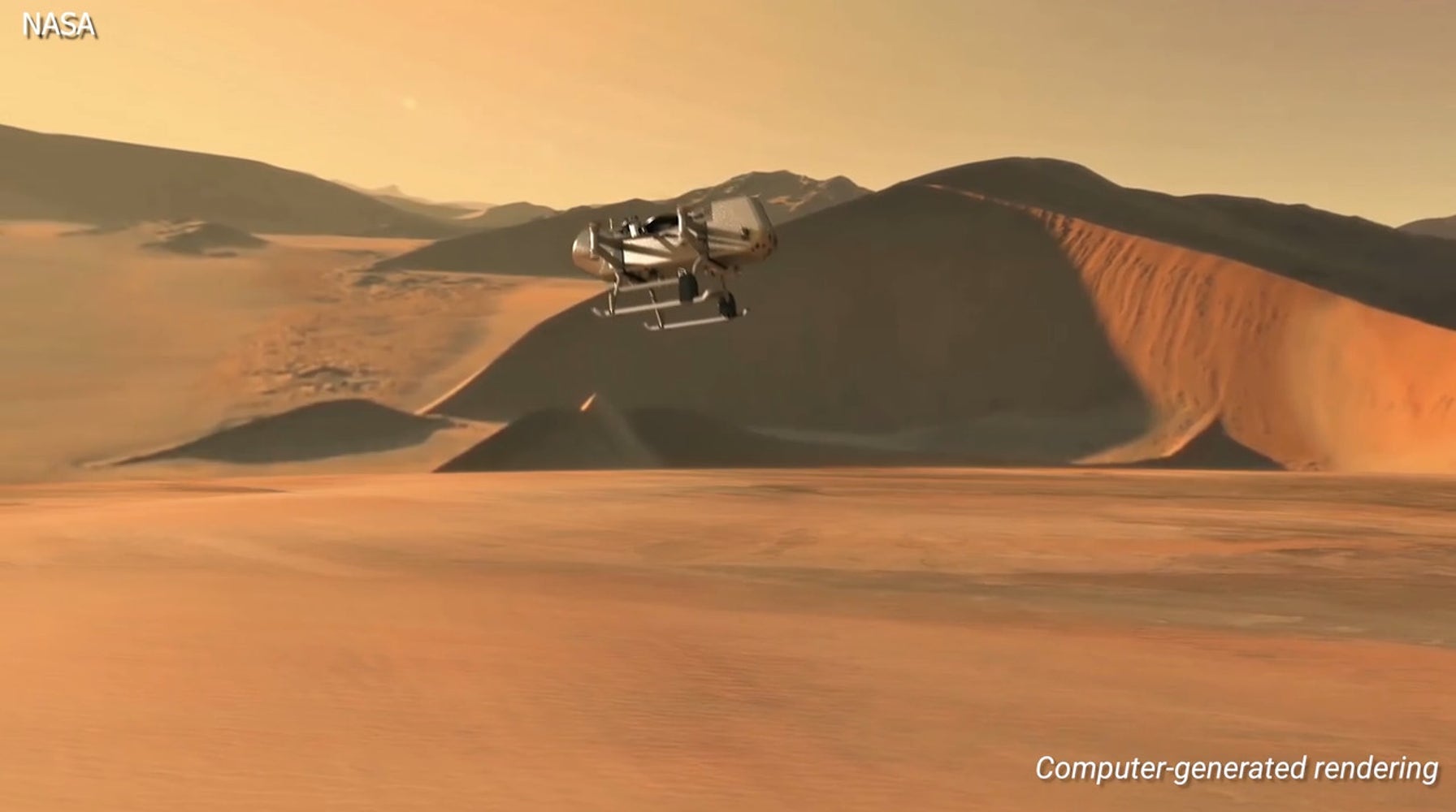A highly anticipated planetary parade involving six planets is set to occur on June 3rd. However, the spectacle will be less dazzling than expected, with only two planets visible to the naked eye due to the sun's interference.

Our solar system's planets orbit the sun at varying angles, and occasionally they align on the same side of the celestial body, creating a mesmerizing celestial parade visible across a narrow band of Earth's sky. The frequency of this phenomenon depends on the number of planets involved and their visibility to the naked eye or with optical aids.

The upcoming planetary parade on June 3rd involves six celestial bodies: Mercury, Mars, Jupiter, Saturn, Uranus, and Neptune. However, the sun's proximity will cast a shadow on the parade, obscuring the view of four of these planets.
Mercury and Jupiter, the closest planets to the sun, will be positioned too close to the horizon during the parade, making them impossible to observe with the naked eye. The rising sun's intense glare will effectively block out their faint light.
Uranus and Neptune, the outermost planets in our solar system, will require the assistance of a telescope for viewing. However, Uranus may be too close to the sun's path to be discernible.
Despite the limited visibility of the planetary parade, early risers can still catch a glimpse of the remaining celestial bodies in the early morning sky. A waning crescent moon will grace the lower left portion of the eastern horizon, followed by the faint reddish hue of Mars and the pale yellow dot of Saturn. Both Mars and Saturn have been visible in the early hours of the morning and will continue to be throughout much of the summer.
While the June planetary parade may not live up to its full potential, the summer sky still offers an array of celestial wonders. Star- and planet-viewing apps can guide observers through the night sky, showcasing the myriad of constellations, stars, and planets visible to the naked eye. The annual Perseid meteor shower, peaking in mid-August, promises a dazzling display of quick streaks of light. To fully enjoy the Perseid shower, observers should venture away from city lights and allow their eyes to adjust to the darkness.










